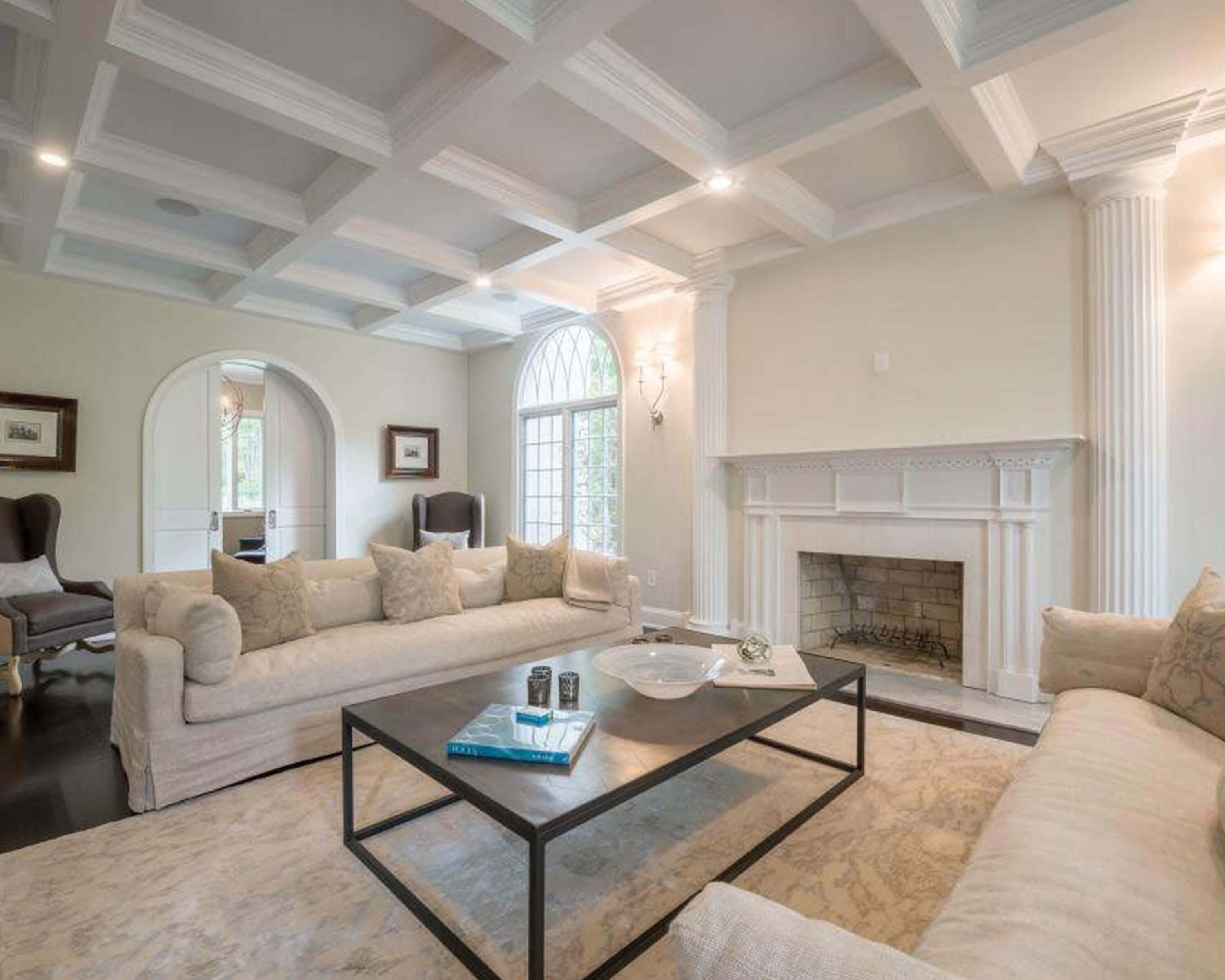In today’s competitive construction and real estate market, builders, contractors, designers and home owners alike are constantly looking at ways they can increase their property value. Design elements, like moulding, are a fairly cost effective way to enhance any room or space.
Tammy MacKay, Vice President of Moulding Warehouse, a Castle Building Centres location, believes that “a home should look beautiful before you put anything in it. Beautiful mouldings will add value to your home on resale but also give it a warm and welcoming feeling before you even begin to add your own personal affects.”
Moulding offers a variety of styles and materials for every décor. From the classic elegance of traditional moulding to the sophisticated styling of crown and accent moulding, it can add warmth and character to a living or family room setting, create a conversation piece for your entire kitchen or bring out the simple charm of a cozy bedroom haven.
There is little else that can quickly transform the interior of a room like decorative moulding can. Builders and contractors once included a lot of decorative trim with their homes, and while the practice became less common towards the end of the last century, it has been making a comeback as they realize how much moulding does to improve the ambience, feeling and quality of a room.
“Because it’s part of the room, decorative moulding changes the feeling of a space, making it more elegant” says MacKay. “But it also changes specific aspects of a room. For example, large rooms with high ceilings can look cavernous and cold. But using wide crown mouldings across the top, with baseboard moulding and door and window casing, create a cozy, textured feeling of warmth and quality. Moulding can be used to make a doorway look taller, windows look higher, or rooms seem longer. Older homes are often found with wider decorative mouldings and this gives these homes real character.
You’ll be amazed by how much more luxurious a home can look with the simple addition of wider casings, deeper baseboards and crown mouldings”
Tammy believes that moulding “gives a finished and cared-for look that people love. Real estate agents and builders tell me that adding moulding is worth its weight in gold when it comes time to sell – clients fall in love with the feel and warmth of rooms that moulding helps to create.”
The current trend of “what’s old is new again” has prompted those in the design world to try and leverage design fundamentals and basic principles in the market. “My first home was a cookie cutter house in a large subdivision. When we put that house on the market there was 3 other homes for sale on the same street exactly like mine. After interviewing three realtors, the fourth one told me she could get $30,000 more for my home if I installed some crown in the main rooms and some decorative panel moulding down the hall into the entranceway and dining room. I made the rather small investment and my house sold for $26,000 over list price in just over a month on the market,” says MacKay.
Moulding can do a lot more than just be pretty ornamentation. If used properly, following time-tested rules about space and placement can make a room seem more balanced and comfortable. It may not always be obvious why a room feels that way, but a good builder will know what they did to balance out the room, and make the most of what was there, or to solve problems that the room might otherwise have with height or space.
Some of the more popular mouldings are:
• MDF (made from medium-density fiberboard). Known for being economical and easy to install, they come primed and ready for paint delivering great results with a minimum amount of fuss.
• Crown; installed at the top of the wall along the ceiling. Available in many different sizes and a wide variety of styles, crown moulding can range from simple and elegant to elaborate.
• Baseboard moulding, running along the bottom of walls, can be made from a flat board topped with a narrow base cap, or bought as a single piece with the top edge routed with a decorative profile.
• Quarter-round (also called shoe moulding) is used at the seam between the baseboard and the flooring.
• Chair rail goes flat against a wall, usually around 24 to 36 inches high – about the height of a chair, though sometimes it’s better to put it lower (for lower ceilings).
• Beadboard or bead moulding is used to create wainscoting along the lower portion of walls. Beadboard is typically topped with decorative trim.
• Colonial trim is used most often in casings around windows and doors.
Whether you are in the process of building or designing a house, or you already have a home and want to retro-fit some rooms, there is no doubt that the design benefits and return on investment are worthy of a crown.
—
Nova Scotia based Castle Building Centre location Moulding Warehouse Ltd., is a is a leading manufacturer and distributor of quality, primed MDF mouldings, crown mouldings, trim moulding, and other decorative manufactured mouldings including interior pre-hung doors, hardware and accessories.
